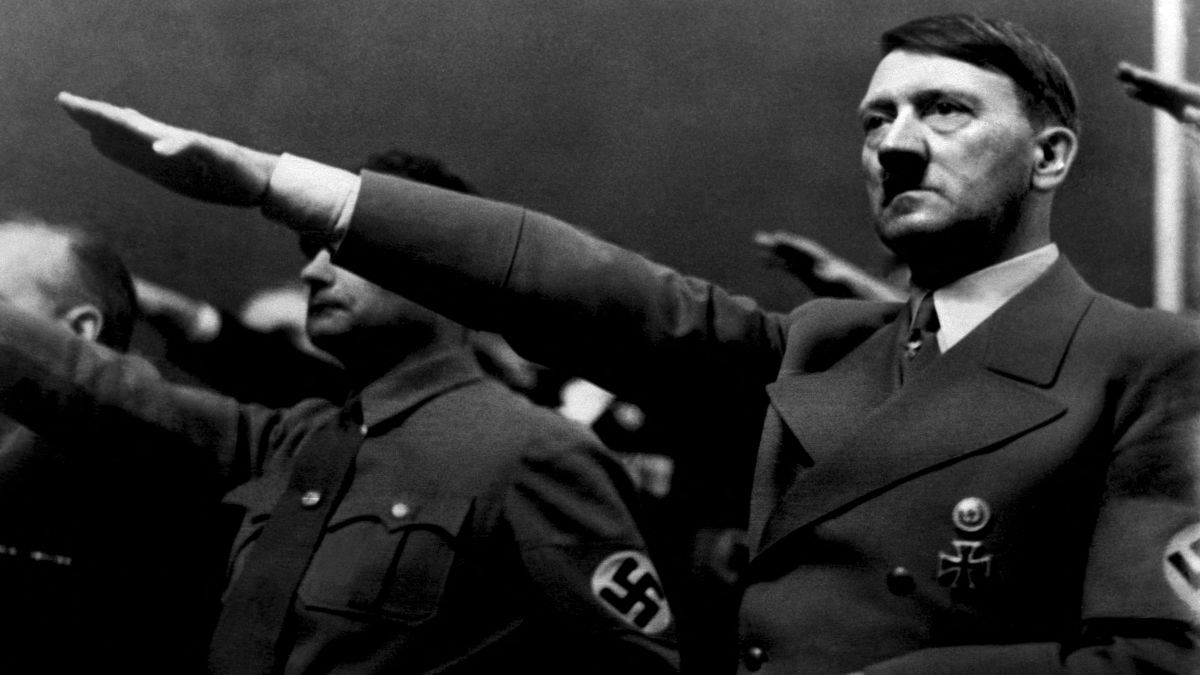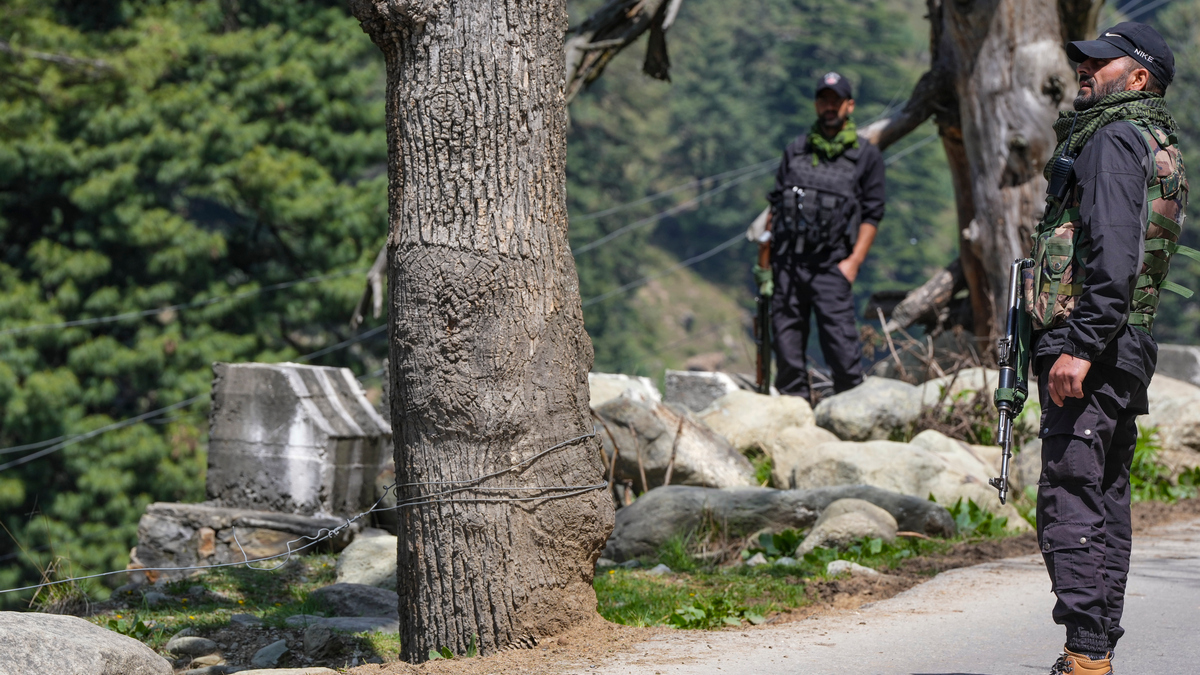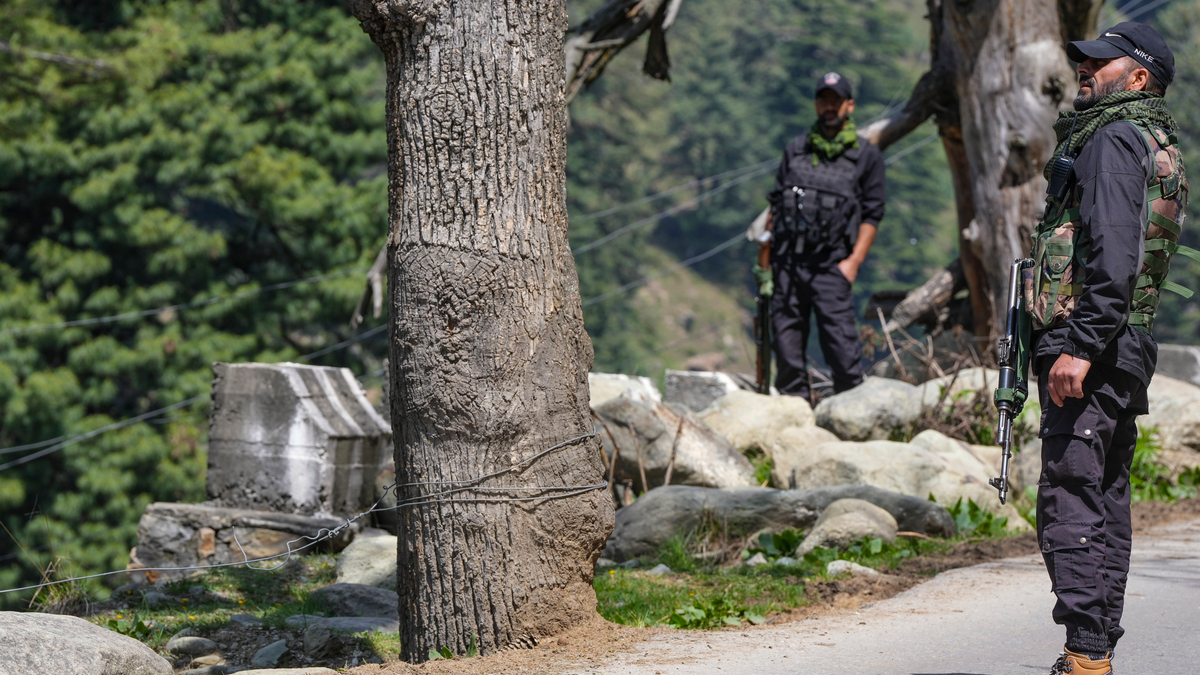Today, April 22, is a historic day.
On this day in 1945, Adolf Hitler admitted that World War II was lost. By now, Hitler was in his infamous bunker and Soviet troops were marching on Berlin.
In 1915, 30 years before that, the Germans introduced poison gas for the first time. The attack, which took the Allies completely by surprise, caused widespread devastation on the front lines.
And on April 22, 1970, Earth Day was celebrated for the first time. The brainchild of Senator Gaylord Nelson from Wisconsin, the idea behind Earth Day was to raise awareness of environmental issues.
If you are a history geek who loves to learn about important events from the past, Firstpost Explainers’ ongoing series, History Today, will be your one-stop destination to explore key events.
Hitler admits defeat
It all came crashing down for Hitler on this day on April 22, 1945.
The Fuhrer, in his bunker, for the first time began to realise that his “Thousand-Year Reich” was not to be.
Just two days prior, Hitler had celebrated his 56th birthday. It was to be his last.
The German leader was, in all accounts, deteriorating health.
Meanwhile, the Red Army was closing in on Berlin – and in the mood for vengeance.
There was no way out. And he knew it.
“I shall not fight personally,” Hitler said. “There is always the danger that I would just be wounded and fall into the hands of the Russians alive. I don’t want my enemies to disgrace my body either. I’ve given orders that I be cremated. Fraülein Braun wants to depart this life with me.”
Hitler and his inner circle, including Eva Braun and Propaganda Minister Josef Goebbels and his wife, Magda, all decided that suicide was the way out.
Goebbels and his wife took their own lives – as well as of their six children.
A week later, Hitler married Braun.
On April 30, Hitler and Braun went to his quarters.
Braun took a cyanide pill while Hitler shot himself in the head.
Germans use poison gas
One of the most shocking developments of World War I occurred 30 years earlier.
On April 22, 1915, the Germans unleashed a truly inventive and frightening weapon – chlorine gas.
The brainchild behind the gas was chemist Fritz Haber — a patriotic German who would become known as “the Father of Chemical Warfare.”
The poor souls that bore the brunt of the attack were two French colonial divisions at Ypres, Belgium.
The Germans unleashed over 150 tons of the gas in what would be known as the Second Battle of Ypres.
The results were horrific and devastating.
The Allied troops, which were expecting a wave of Germans to break forth, instead found themselves inhaling a lethal gas.
Two divisions of French and Algerian colonial troops were wiped out.
The Germans were equally as stunned as the results – so much so that they could not even take advantage of the break in the lines.
After that, all bets were off.
The Allies began developing their own their own chemical weapons and there was no turning back.
Death and devastation on a massive scale ensued – only to be surpassed in scale during World War II.
First Earth Day
On this day in 1970, Earth Day was first celebrated.
Senator Gaylord Nelson of Wisconsin is credited as coming up with the idea for a day to raise awareness about the environment.
Nelson had previously helped pass a law in Congress to protect the Appalachian Trail and helped ban the pesticide DDT.
Nelson, the junior Senator from the state, was inspired by American students protesting the Vietnam War.
He had also witnessed the results of a massive oil spill in Santa Barbara, California, the year earlier.
Around 20 million people nationwide attended the inaugural events at tens of thousands of sites including elementary and secondary schools, universities, and community sites across the United States.
Earth Day also helped politicians gain support for landmark legislation that was passed in the 1970s including the Clean Air Act (1970) and the Endangered Species Act (1973).
Today, hundreds of millions of people across the world celebrate Earth Day.
This Day, That Year
1792 – US President George Washington declares American neutrality in the War of Europe
1838 - English steamship “Sirius”, the first transatlantic steam passenger service, docks in NYC after crossing the Atlantic
1864 - ‘In God We Trust’ first appears on US coinage
1904 - J Robert Oppenheimer, who would go on to usher in the Atomic age, is born
1977 – Optical fiber is first used in telephone traffic
1983 – The spacecraft Soyuz T-8 returns to Earth
2016 - More than 170 countries sign the Paris Agreement on climate change
With inputs from agencies


)
)
)
)
)
)
)
)
)